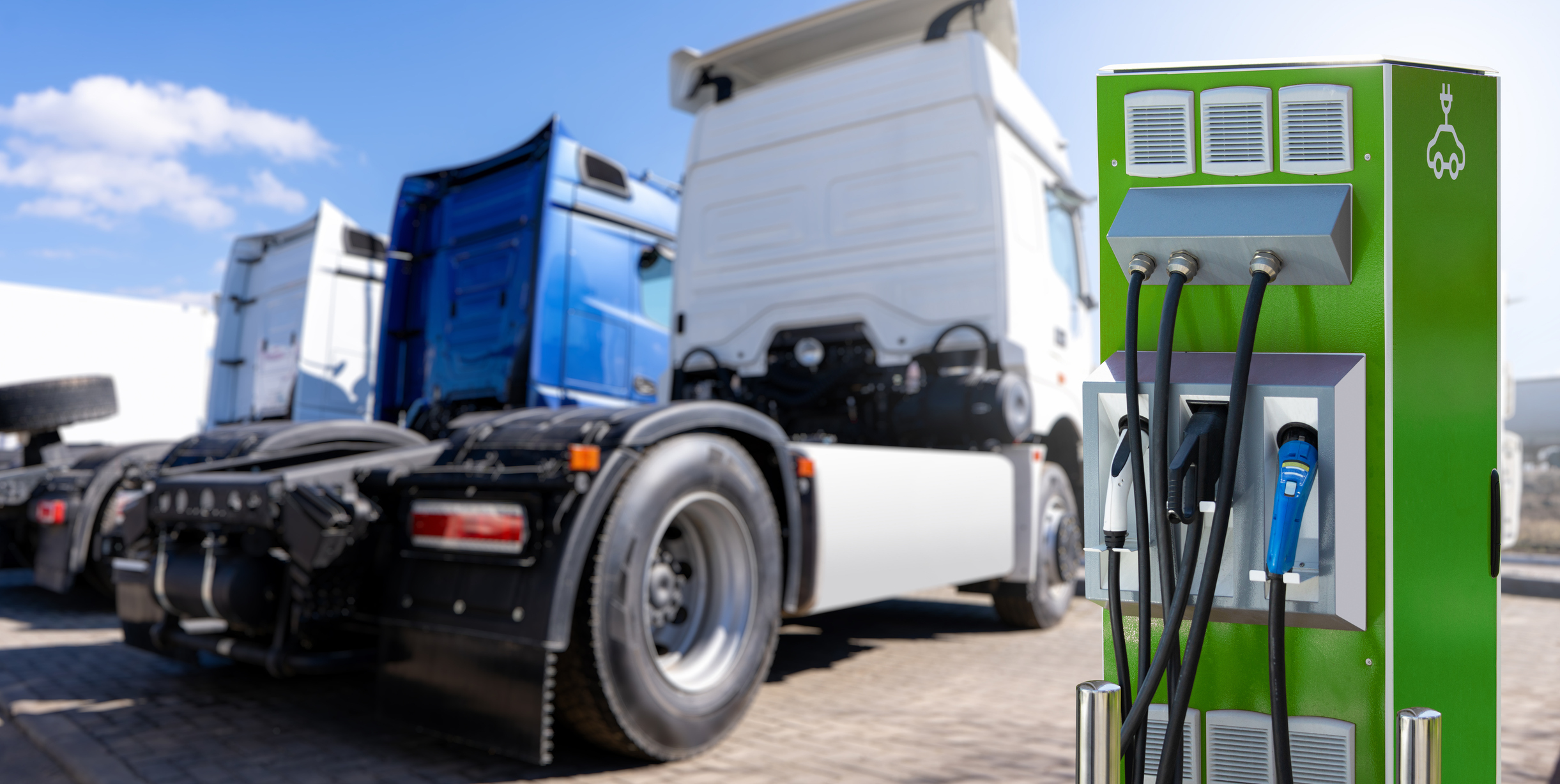Educating Your Drivers on EV Operations for a Safe and Efficient Transition

There’s no question that the adoption of electric vehicles (EVs) by businesses that operate fleets is on the rise and the reasons go beyond reducing emissions. EVs can provide businesses with wide-ranging, bottom-line boosting benefits, including:
- Lower maintenance costs — EVs don’t require oil, transmission fluid, spark plugs, etc., and have fewer mechanical parts that are prone to failure.
- Reduced fuel costs — By eliminating the need for traditional fuels, you lower fuel costs and lower the risk that fluctuating fuel prices can have on your operations.
- Improved employee satisfaction and retention — EVs reduce your carbon footprint, which has a positive impact on employee engagement and makes your business more attractive as an employer.
- Enhanced brand reputation — Switching to EVs helps keep you compliant with changing regulations, protecting your brand reputation and improving customer loyalty by demonstrating a commitment to sustainability.
If you were reluctant to jump on the EV bandwagon when they were first introduced, that’s understandable. The first EVs were not particularly impressive. They were low on power and couldn’t travel long distances without the need for a charge.
The EV’s coming off the assembly line today leave their predecessors from over a decade ago in the dust. They have no problem meeting the daily needs of light-duty, medium-duty, and heavy-duty applications. They have a longer range, more torque than gasoline-powered engines, and a nationwide network of publically available EV chargers that continues to grow.
Safe and Efficient
If EVs look like an attractive option for your fleet, safety and efficiency must not be overlooked. Just as your drivers need to be educated on the proper operation of gasoline-powered vehicles before jumping behind the wheel, they also need to be educated on the unique characteristics and specifics of EV operation.
Additionally, let’s put the myth to rest that EVs are not as safe as vehicles with internal-combustion engines (ICE). EVs are just as safe. Commercially available EVs must meet the same Federal Motor Vehicle Safety Standards and undergo the same rigorous safety testing as ICE vehicles.
To that end, here’s a checklist of key areas to promote EV safety and efficiency in your fleet operations.
EV Safety and Efficiency Checklist
First Things First
- Communicate to drivers your goals for adding EVs.
- Update fleet/safety policy to include expectations on EV operation by your drivers, including charging.
- Schedule an online training course for drivers before they get behind the wheel, arrange a test-drive to get drivers comfortable with the vehicle, and have drivers read the vehicle manual.
- Have company leaders learn EV operations and safety techniques and then demonstrate what they learned to your drivers.
Unique Features of Driving an EV versus an ICE Vehicle
- Faster acceleration — EVs accelerate more quickly from a stopped position than an ICE vehicle.
- Quieter motor — Electric motors are so quiet that pedestrians may not be aware they are present. Most EVs are equipped with an electrical vehicle warning sound system (EVWSS) that produces a series of warning sounds — initiated by the driver — to alert pedestrians of the presence of an approaching or departing EV.
- One pedal driving and braking — EVs have one pedal control. The accelerator pedal controls speeding up and slowing down. To move the vehicle, you press down on the accelerator as you would on an ICE vehicle, but lifting the accelerator pedal makes an EV slow down hard — almost as if you have the emergency brake on.
- Regenerative braking — Regenerative braking is a technology that uses the EVs motor as a generator to convert the energy lost during deceleration back into the battery. This can extend the mileage range by 10% to 30%. The key factors to help drivers increase the power of regenerative braking and extend mileage range are:
- Driving conditions — Braking more often in “stop and go” traffic creates more regenerative energy than highway driving.
- Terrain — Driving downhill or on curved roads requires more braking than driving uphill or on straight roads. More braking means more regenerative energy.
- Use of heating/AC — The heating/AC unit uses the same battery as the vehicle. Using the AC or heater while driving can reduce mileage by 15% to 35%.
Ensuring Your EV is Powered for the Work Day
- Plug it in — Wherever the vehicle is parked overnight, make sure it’s plugged into a charging station.
- Keep it charged — Don’t allow the battery to deplete. Keeping it charged between 20% and 80% extends battery life and ensures the battery is operating at optimal efficiency.
- Don’t charge to 100% — Fully charging can reduce regenerative braking and degrade the battery.
- Change charging methods — Only using fast chargers negatively affects battery health.
- Charging stations — When planning routes, make sure drivers know where charging stations are located along their route just in case a charge is needed.
If you determine that your business could benefit from EVs, do your research before making a purchase. Talk to others who have added EVs to their fleet. Read as much as you can. Test drive different vehicles so you get a better understanding of which ones can best handle your needs. Remember, the transition to EVs does not need to happen all at once. Do what makes sense for the present and build for the future — safely and efficiently.